On This Day…May 30th.
Lieutenant Commander Harry Greene flies his Boeing Stearman Kaydet over the Naval Inactive Ship Maintenance Facility at Pearl Harbor, May 30, 2016. There are several ISM facilities around the US. Greene is a helicopter pilot at Coast Guard Air Station Barbers Point and an aircraft enthusiast in his off-duty time.
Photo above taken on the same day. The pic below is of Boris Rakic's gorgeous Stearman, co-incidentally posted here on iModeler on May 30th (2017).
On May 30th, 1948, the New Jersey Air National Guard's 108th Fighter Squadron held an air show at Newark Airport.
Hangers and other airport facilities were open to the public and a fly-by arranged by a dozen P-47 Thunderbolts, which the public were able to examine on landing (above). Visiting British aircrews brought along a Lancaster bomber (seen below) to the event.
Lovely photo of the crew of USS Bennington (CV-20) paying tribute as she sails past the wreck of the Arizona, Hawaii, 30 May 1958.
Source; Aviation week, May 30th, 1960...
Launching of US submarine Hackleback, Philadelphia, United States, 30th May, 1943.
And the launching of the Devilfish, same day, same place...
Horsa gliders lined up in preparation for D-Day invasion, England, United Kingdom, last day of May, 1944.
@neil-foster - a great diorama.
Destroyed British Cruiser Mk IV tank left in France, 30th May, 1940.
30th May, 1931 - London, England. British Pilot Amy Johnson (1903-1941) studies a map before taking off from Heston en route to Newcastle, competing in the longest non-stop straight line air race held in the United Kingdom, a distance of 254 miles.
On May 30th, 1942, Winston Churchill signed off on ‘Operation Millennium', the first 1000 bomber raid on Germany. This, despite having just over 400 serviceable ‘first line' aircraft: the bulk of the bombers were made up of old stock, training aircraft, patched up damaged ships, and essentially anything that could get off the ground.
This was how one of the RAF's brightest young pilots, Leslie Manser, found himself at 22 years old, piloting a slow, underpowered, and unreliable Avro Manchester as one of 1049 bombers that were sent to bomb Cologne.
Even before they grouped up, Manser was having problems and could not reach the altitude set in the briefing and had to settle for a steady 7,000 feet as they headed into Cologne. The lack of height meant they were essentially sitting ducks for the spotlights and AA guns. They were hit almost immediately as they dropped their bombs and were hit again as they left the target area. Dropping to 800 feet and barely above stalling speed, they were again struck - this time, because they were so low, by ground 20mm guns.
Despite the common wisdom that a Manchester couldn't be flown on one engine Manser managed to keep the obsolete aircraft in the air. Losing altitude, Manser ordered the crew to bail out, but knowing that the second he left the controls the bomber would dive, he remained at the yolk. The last crew member jumped with just enough height to make a safe landing but as he bailed, he saw the Manchester dive and crash in flames to the ground.
Of the six aircrew his sacrifice saved, one was taken PoW in occupied Belgium, and the other five smuggled through France and Spain by the Belgian resistance, making it back to England.
Leslie Manser was awarded (posthumously) the Victoria Cross. Citation below...
“In pressing home his attack in the face of strong opposition, in striving, against heavy odds, to bring back his aircraft and crew and, finally, when in extreme peril, thinking only of the safety of his comrades, Flying Officer Manser displayed determination and valour of the highest order.”
Entirely in character, Winston Churchill telegraphed US President Roosevelt the morning after the raid. “I hope you were pleased with our mass air attack. There is plenty more to come”.
YP-38 Lightning aircraft in flight, ‘end of May' 1942.
Above and below; the USS Ticonderoga (CV-14) being manoeuvred by tugs, Norfolk Naval base, Virginia, US, on 30th May, 1944.
Rommel inspects the German 21st Panzer Division troops in Normandy, May 30th, 1944.
Condor Legion Ju 87 Stuka dive bombers over Spain, 30th of May, 1939.
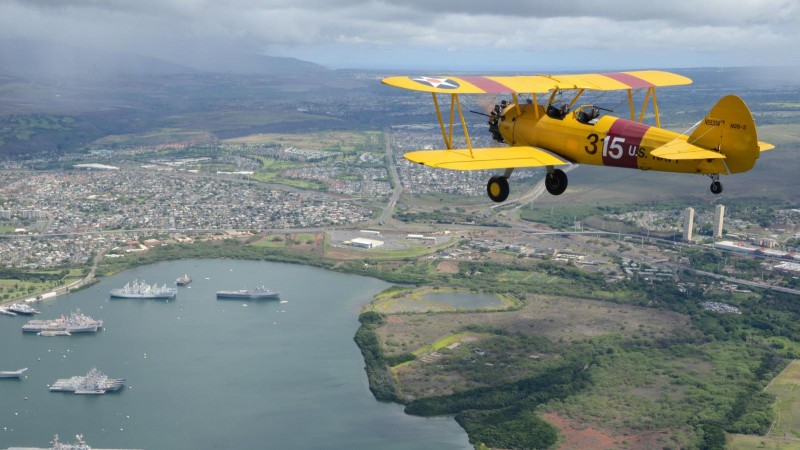
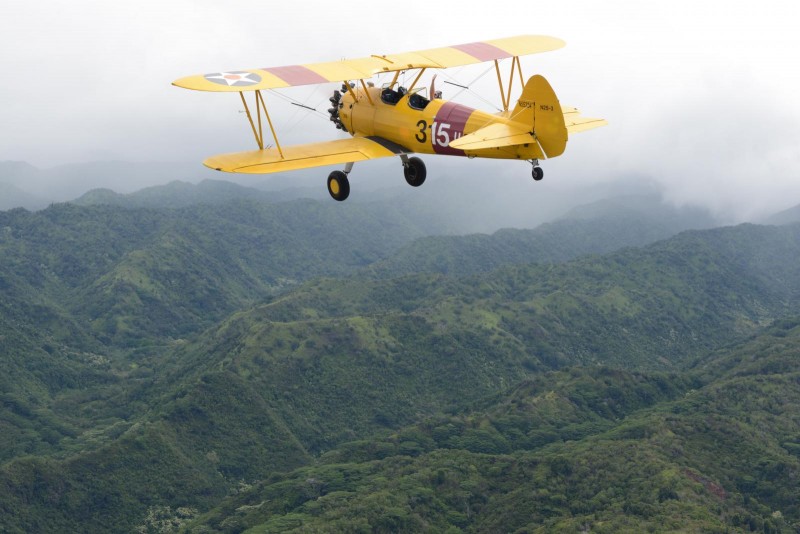
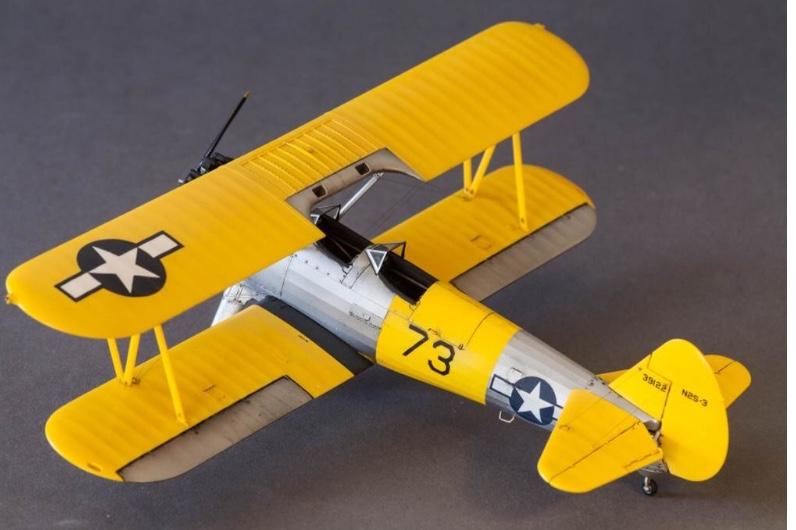

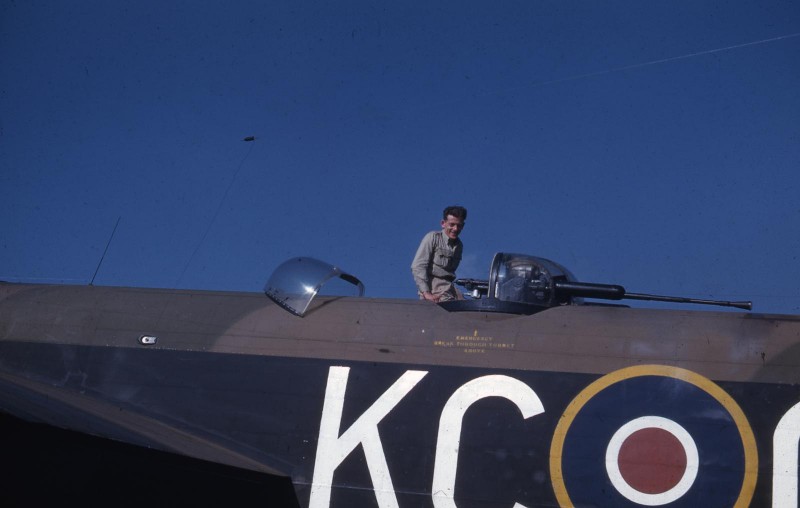
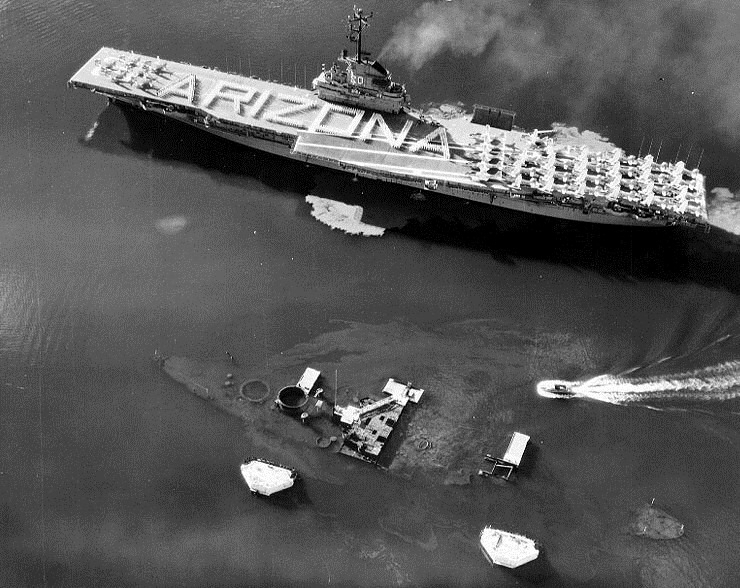
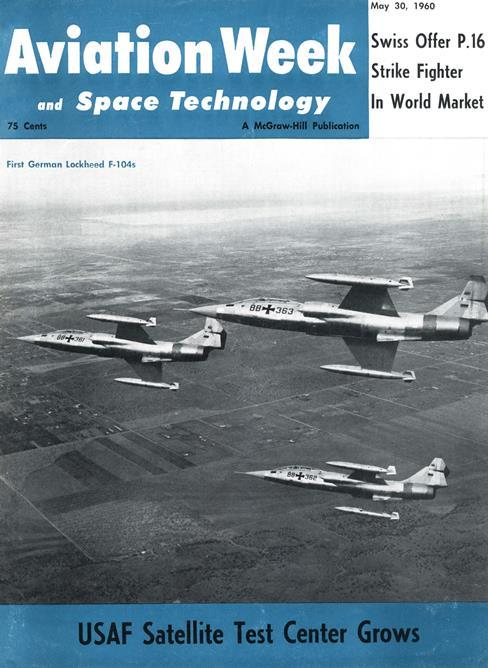
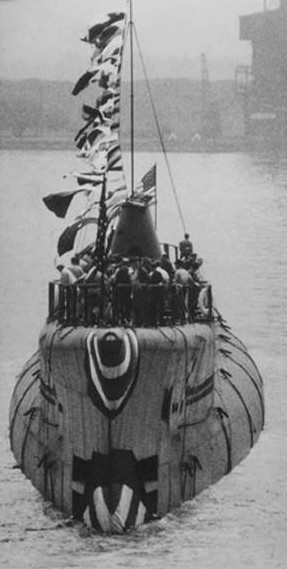
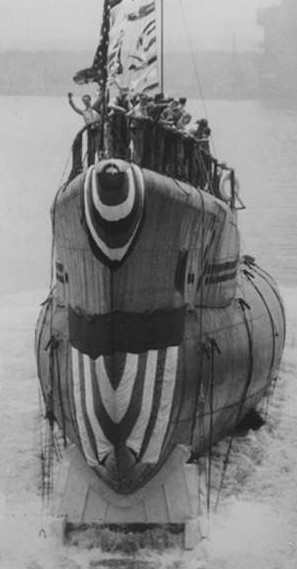
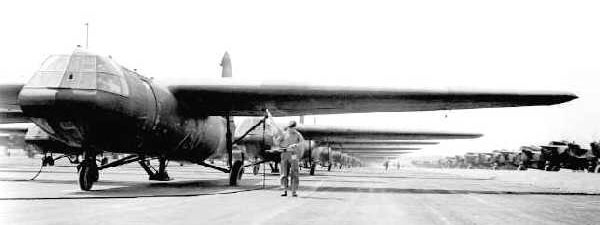
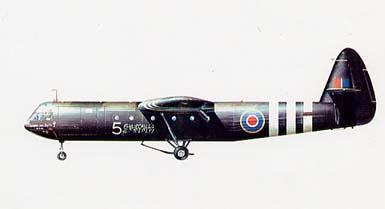
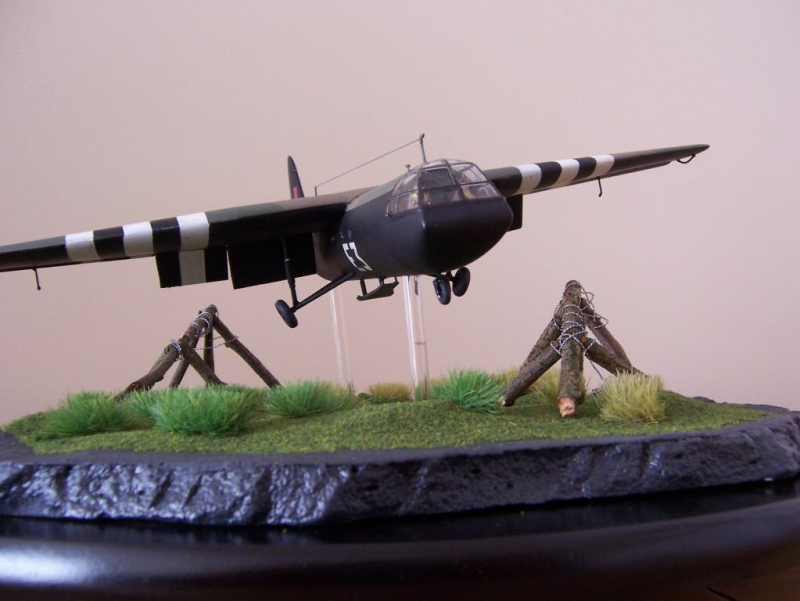

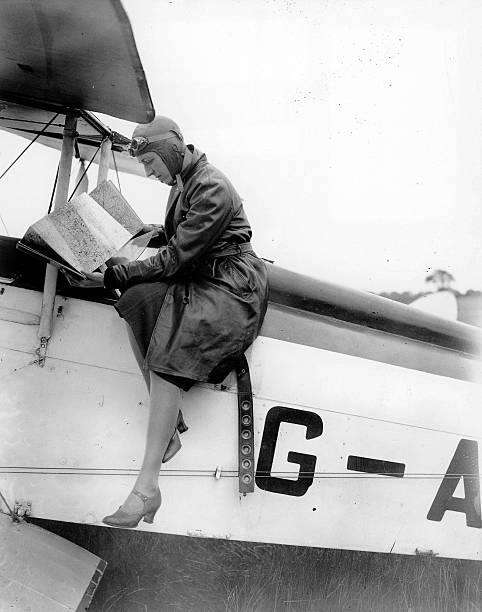
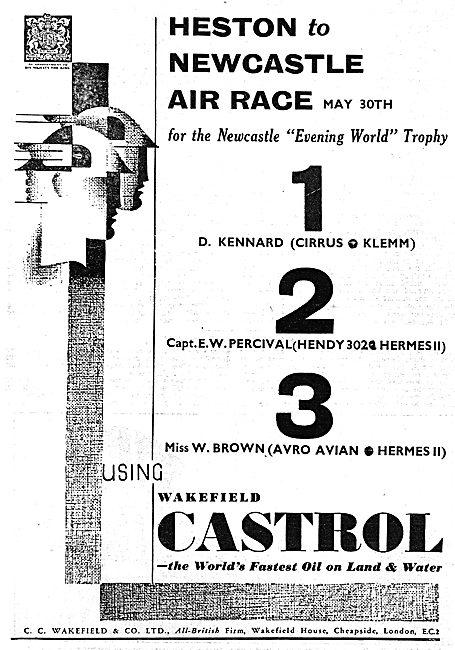
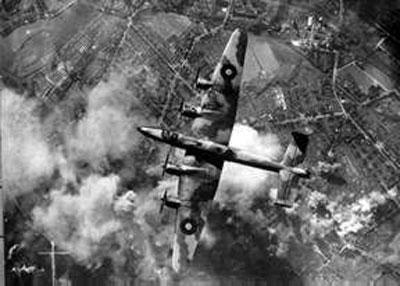
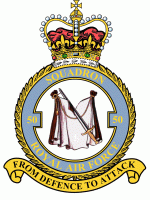

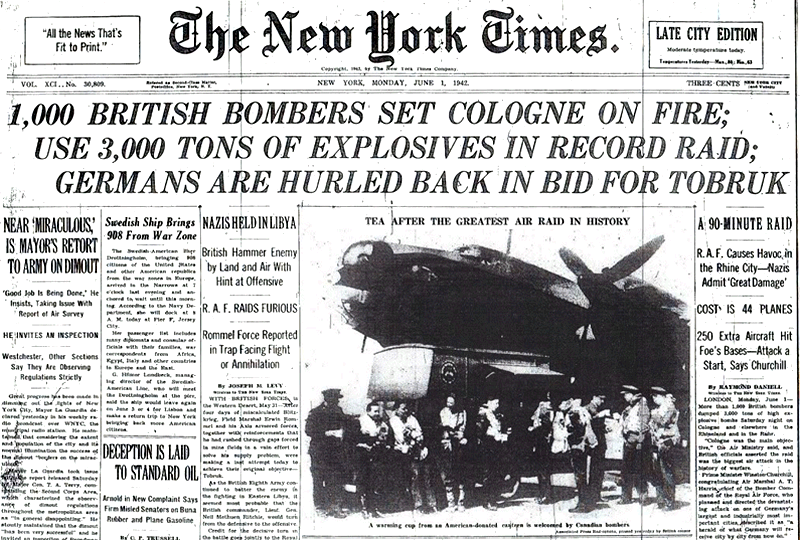
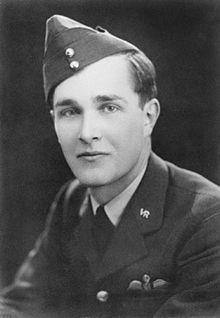
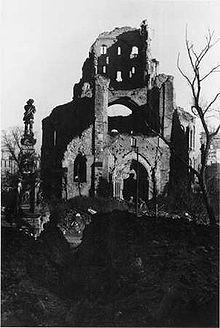
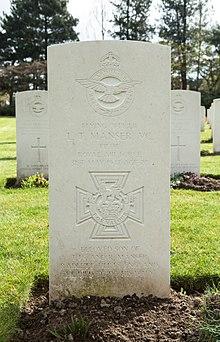
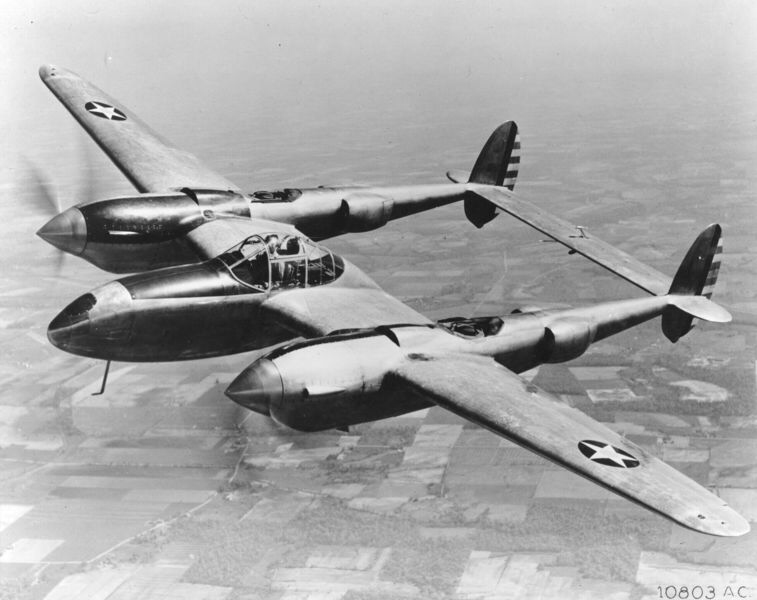
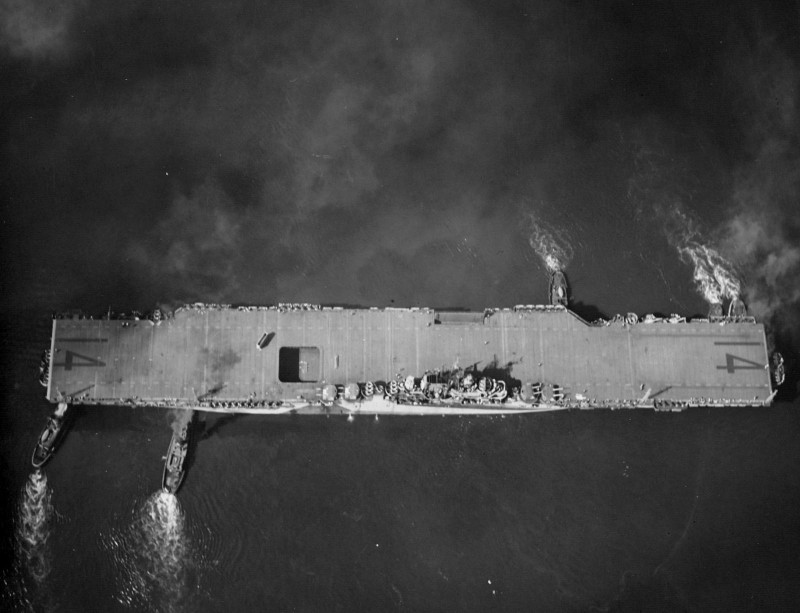

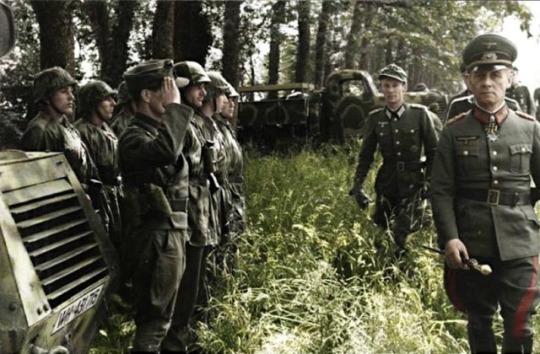
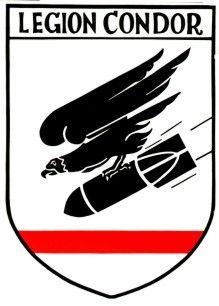
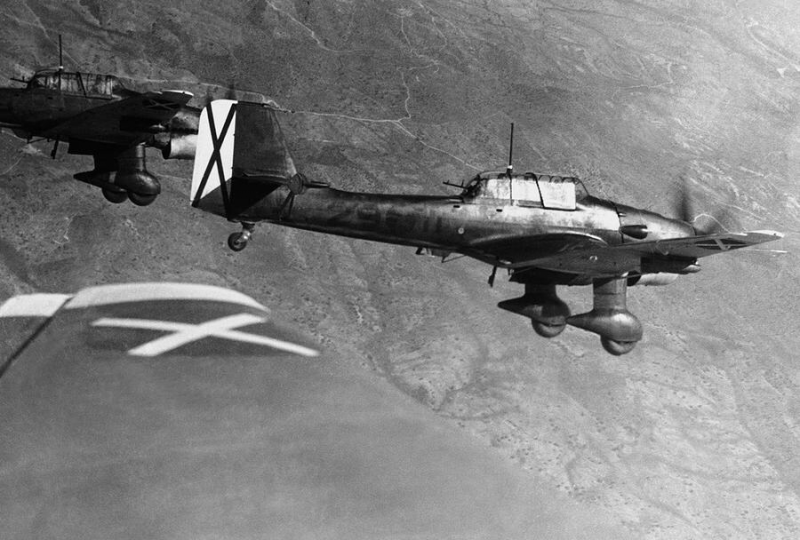
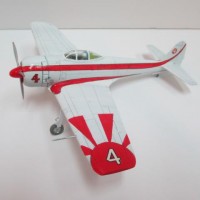
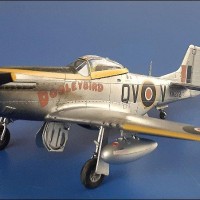
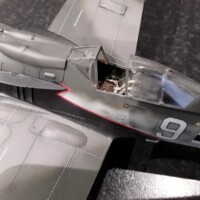
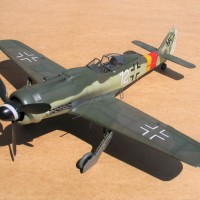
Wow ,another great set as usual Dave ,I look every day even though I don't always comment and what a nice surprise as I scrolled down to see my own Horsa dio in amongst your post ,Cheers !
N.
Nice post again.
That Swiss Air Force P.16 mentioned in the ad wasn't a success, but the airframe later gained success after the design was purchased by William "Bill" Lear, who used the wing and tail, with a different fuselage an powerplants, to create the iconic "Learjet."
great shot of "all the pretty horsas"...reminds me of that splendid launch from "a bridge too far"
Another excellent article David.
What an amazing story of self sacrifice to save the rest of his crew. I’m sure that things like this happened more than we’re actually reported. Sort of like getting a recommendation for the Congressional Medal of Honor. It has to be witnessed by at least 3 individuals. Sadly things like that were occasionally never recognized simply because there was no one that survived to tell the tale ...
Seeing the Stearman reminded me of one of my most cherished memories.
When I was 17 years old and had just graduated from high school, I had the wonderful opportunity to take a flight in a PT-17 Stearman. I actually got a little “stick time” in it as well on that day.
Since then any time I see, hear or look at a picture of one it reminds me of that special day.
I had a smile on my face that lasted for almost a week ! I still have fond memories of this. Ironically my very first flight was also in an open cockpit biplane. My first flight was in a Waco UPF-7...
I think these are some of the reasons why I have such a mental draw towards flight.
Thanks again my friend for brightening my day.
Lovely Stearman David !
Like the Ticonderoga and her Tugs also!
Great OTD as always, David! The story of F.O. Manser is sad but also encouraging to hear about. Louis ( @lgardner ) is absolutely correct (as he is with MANY things) in that many incidents similar to this likely happened, but since no one who witnessed anything survive to report it.
1049 planes. WoW! I wonder how long it takes for 1049 multi-engine WWII bombers to fly over a person on the ground ... and the sound would be really amazing! (No doubt it's not so amazing to some poor soul on the other end, though!)